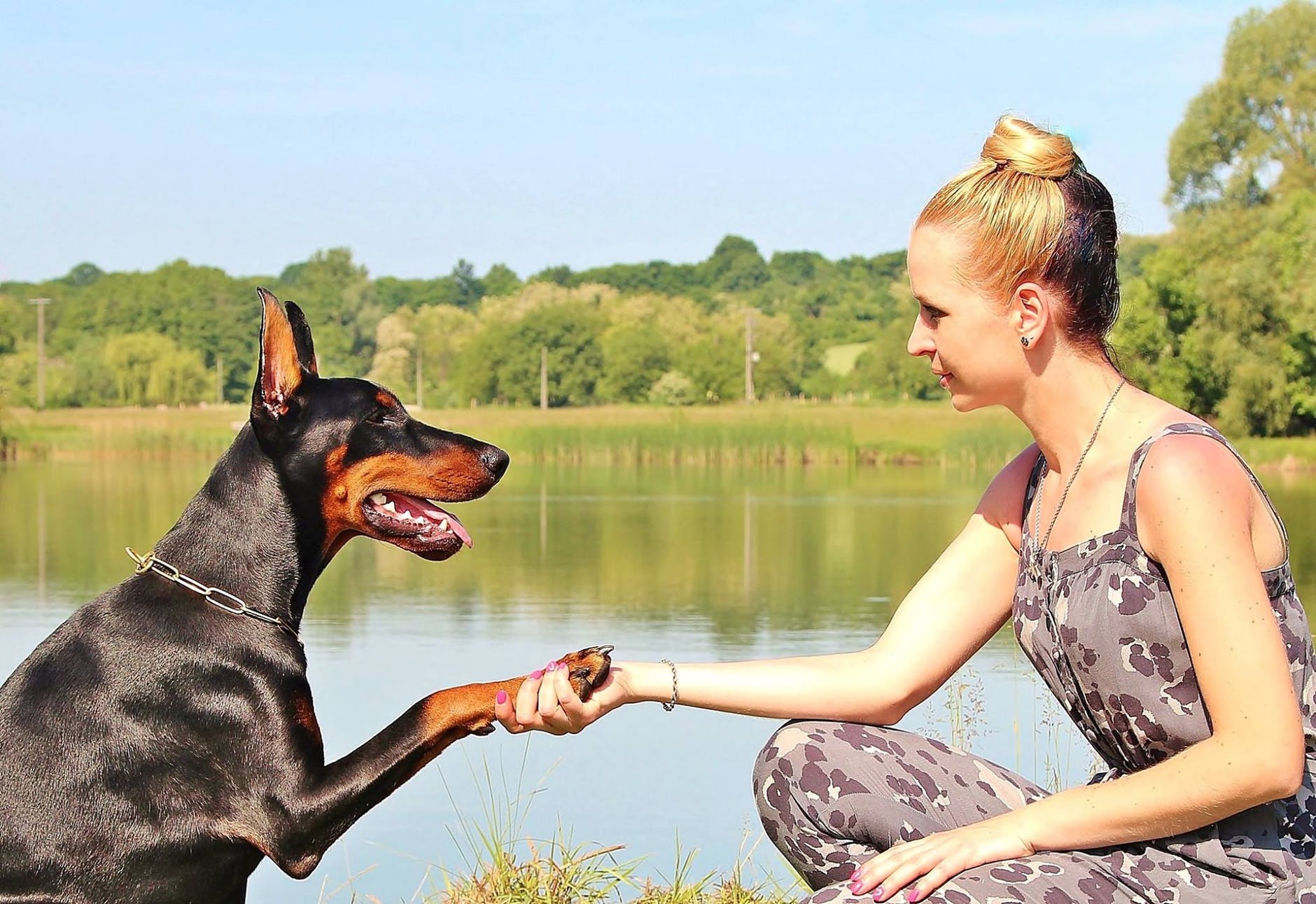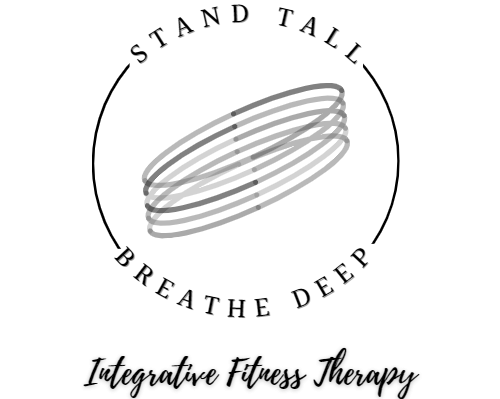I guess certain muscles aren’t sexy enough for mainstream media? I’ve never heard of someone wanting to tone up their quadratus lumborum to get ready for beach season! People want to look good at the beach – therefore, glutes, superficial abs, and arm muscles get all the glory.
I’m dedicating this blog post to a few muscles that are essential for proper body mechanics and improve the function of all those sexy toned muscles. This is based on my personal experience in working with a multitude of people and seeing the same movement patterns present themselves with their resulting limitations. This is an abbreviated list, there are several other muscles that are just as important – stay tuned for future posts!

First Up! Biceps Brachii and Pectoralis Minor
If you extend your arm out with the elbow bent, as if your going to shake hands (with a doberman – for example) or turn a door knob, the biceps brachii muscle is the first to contract. It divides into two at the origin and insertion attachments. Both of the top tendon attachments are located on the anterior portion of the scapula bone (the triangular shaped bone located on the upper back). Due to the location of its attachments, it directly influences our posture, the rounding of the back, tightness in the chest and anterior shoulder. This muscle tends to get imbalanced attention – more in the strength category less in function, and mobility category. Couple this with daily technology usage that places our head, spine, and shoulder out of alignment, it leads to several shoulder ailments (e.g. tendinitis, nerve entrapment) and slowly distort our posture out of proper alignment – not sexy.
Pectoralis Minor’s origin tendon also attaches to the scapula, specifically, the coracoid process of the scapula. Pec Minor is located underneath Pectoralis Major. It helps to stabilize the shoulder and elevate the ribcage for inhalation. If pectoralis minor gets too taut, it has the power to tilt the scapula forward. This gives the appearance of a protruding scapula. There is a major nerve bundle – the brachial plexus – that travels just underneath pectoralis minor and feeds into the arms and hands. Tightness in this muscle may lead to nerve entrapment, resulting in a sensation of numbness, weakness, pins and needles. It also adds to the rounded shoulder look.

Next! Serratus Anterior and Quadratus Lumborum
Serratus Anterior is actually a very sexy muscle. It’s one of the muscles over emphasized in superhero drawings. It wraps around the posterior and lateral ribcage and travels in an oblique serrated like fashion (like a serrated knife) under the pectoralis major muscle and into the external obliques (lateral abdominals). It covers the anterior surface of the scapulae inserting at its medial border. This is yet another muscle that influences our posture and is critical for shoulder stability and mobility. It aids with the positioning of the shoulder blades when raising our arms, it anchors the shoulder blades in pushing movements so they don’t collapse into each other. When functioning properly, the serratus anterior prevents the shoulder blades from “winging” (moving away from each other) to the lateral edge of the upper back and lifts our chest up. If that’s not sexy enough, with strong serratus anterior muscles, you’ll be able to pose for a photo like the one above!
Moving on to the Quadratus Lumborum! Often referred to as the QL. This muscle is actually part of our deeper core muscles and is located on both sides of the lumbar spine. It attaches to the last rib, first four lumbar vertebrae and posterior top rim of the iliac crest (hip bone). The QL contributes to the stability and movement of the spine and pelvis, and by stabilizing the twelfth rib, it’s an accessory muscle for forced exhalation. When working unilaterally, it laterally flexes the spine to one side and laterally hikes the pelvis to one side. When tight, the QL pulls the hip closer to the ribcage causing abnormal stress in the lower back and the joints below. Overtime the stress on the joints may lead to pain in the lower back, knee and ankle. This muscle gets all the glory in physical therapy. A solid routine of stretching and mobility exercises is essential to maintain a good balance of strength and flexibility in the QL.
So how to give these muscles the glory they deserve?! Diversify your movements. Note your habitual postures and be proactive in changing them – instead of using your dominant arm constantly throughout the day, use your non-dominant arm for certain actions (e.g. brushing your teeth, carrying purse/bags). Take frequent breaks if your occupation requires you to sit for long periods of time, use a hands-free device for phone calls. Make time for flexibility and mobility exercises in your routine. Take note that chronically tight muscles are weak. Always lengthen before you strengthen. A muscle that is adaptively short will jam up a joint leading to inefficient movement. The mechanical stress then damages the soft tissue (tendons, ligaments, bursa) surrounding the joint. The body finds a way to compensate for the inefficiency and then the pain, aches, and chronic tension surfaces. What we do with our bodies now, reveals itself years later. Below I’ve included specific stretches for each muscle discussed that can be easily incorporated into your daily routine. Your future self will thank you for it!


While seated with arm externally rotated and fingers facing towards back, press your palm firmly against chair and sit tall, elongating spine and neck.



Standing in front of a doorway, spread out your arm/arms
against the wall and lean your torso forward.


As always, I hope this post has provided insightful information and useful tips to care for your body. Interested in working with me? Schedule a free 20-minute consultation by clicking here. Ready to dive right in with a pre-written professionally designed training program? Try my 14-Day Free Trial, click here!
Stand Tall, Breathe Deep –
Corina,
ACE Certified Personal Trainer
NASM Corrective Exercise Specialist
NYS Licensed Massage Therapist

Good post. A very underrated muscle is the psoas. If that’s tight and off, it makes your life super miserable.
LikeLike
Yes! I agree
LikeLike